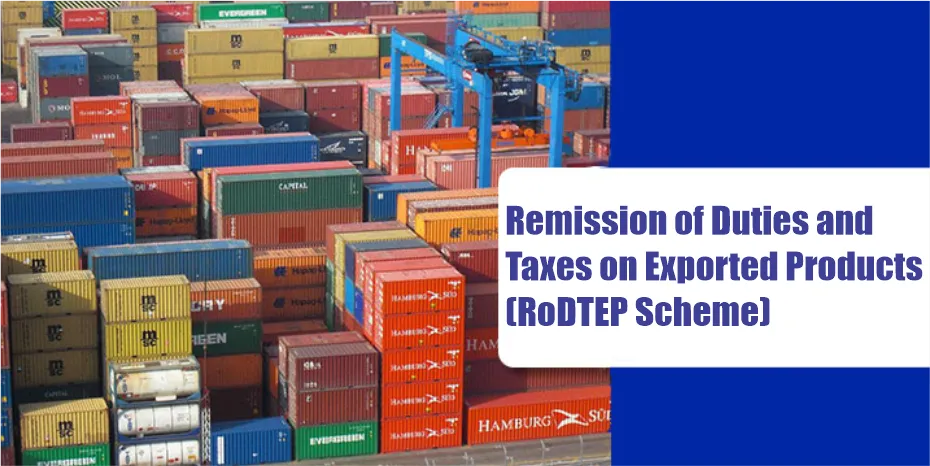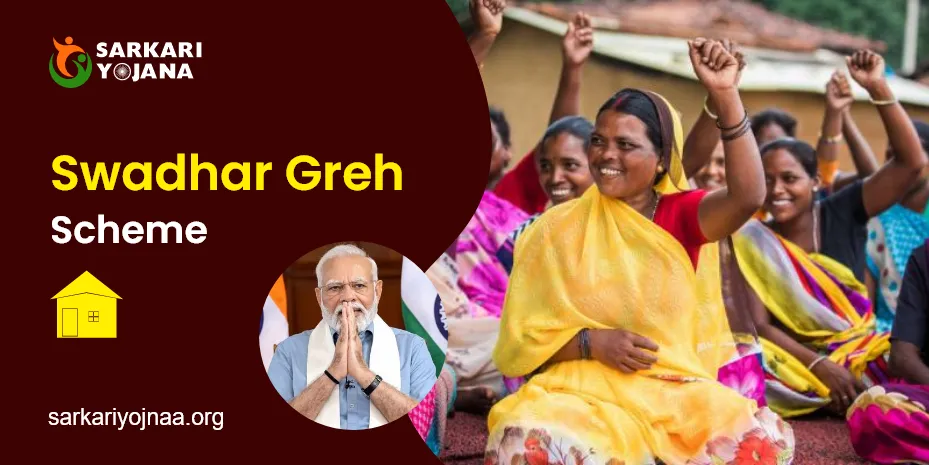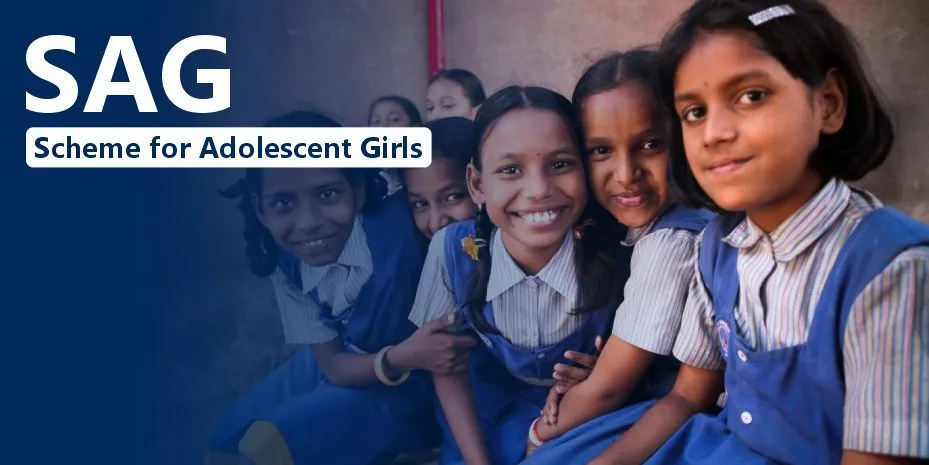After the Indra Awas Yojana of 1990 and the Rajiv Awas Yojana of 2009, Prime Minister Narendra Modi launched Pradhanmantri Awas Yojana in 2015. In this scheme the government promised to give affordable housing to every citizen in India.
Contents
- 1 👉 Table of Contents (TOC)
- 2 OVERVIEW OF PRADHANMANTRI AWAS YOJANA
- 3 WHAT IS PRADHAN MANTRI AWAS YOJANA?
- 4 HOW TO APPLY FOR PRADHAN MANTRI AWAS YOJANA?
- 5 CONTACT DETAILS OF PRADHAN MANTRI AWAS YOJANA
- 6 FEATURE AND IMPLEMENTATION OF PRADHAN MANTRI AWAS YOJANA
- 7 CURRENT DATA OF PRADHAN MANTRI AWAS YOJANA
- 8 BENEFITS OF PRADHAN MANTRI AWAS YOJANA
- 9 ELIGIBILITY CRITERIA FOR PRADHAN MANTRI AWAS YOJANA
- 10 FAQ FREQUENTLY ASKED QUESTIONS
- 11 OTHER RELATED SCHEME
👉 Table of Contents (TOC)
- Overview
- Basic details
- How to apply
- Contact details
- Features/ Implementation
- Current data
- Benefits
- Eligibility criteria and conditions
- Frequently asked questions
- Other initiative related schemes
OVERVIEW OF PRADHANMANTRI AWAS YOJANA
| Name | Pradhan Mantri Awas Yojana |
| Also known as | PMAY |
| Launch date | 25 June 2015 |
| Aimed completion | March 2022 |
| Expected completion | 31 December 2024 |
| Status | Active |
| Ministry | Ministry of Housing and Urban Poverty Alleviation |
| Launched by | PM Narendra Modi |
| Objective | make housing affordable for Indian citizens |
| Aim | Target is to provide 2.95 crore |
| Official website | https://pmaymis.gov.in/ |
WHAT IS PRADHAN MANTRI AWAS YOJANA?
Pradhan Mantri Awas Yojana aims at providing affordable housing in both urban and rural regions. It’s targeted to build 2.95 crore houses by March 2022 to celebrate our 75 years of India’s independence. It also aims to make housing available to specific demographics, such as economically challenged groups, women, and minority people, including Scheduled Castes and Scheduled Tribes. PMAY lies under the Ministry of Housing and Urban Poverty Alleviation.
HOW TO APPLY FOR PRADHAN MANTRI AWAS YOJANA?
To apply for PMAY, click the following link:
https://pmaymis.gov.in/open/Print_Application_By_applicationNo.aspx
On the other hand, If you want to apply offline then visit the Common Service Centre (CSC).
CONTACT DETAILS OF PRADHAN MANTRI AWAS YOJANA
Address
Pradhan Mantri Awas Yojana (Urban) Ministry of Housing and Urban Affairs Nirman Bhawan, New Delhi-110011
Landline number
011-23063285,011-23060484
pmaymis-mhupa@gov[Dot]in
Website
FEATURE AND IMPLEMENTATION OF PRADHAN MANTRI AWAS YOJANA
To all beneficiaries the loan will be allocated for 20 years on interest of 6.50% per annum. Ground floors are for senior citizens and differently abled.
Implementation details of PMAY are mentioned in following link
https://mohua.gov.in › filesPDF
IMPLEMENTATION OF PRADHAN MANTRI AWAS YOJNA(PMAY)
CURRENT DATA OF PRADHAN MANTRI AWAS YOJANA
BENEFITS OF PRADHAN MANTRI AWAS YOJANA
It makes home loans affordable for the urban poor by providing subsidies on the Interest Rate of a home loan during repayment by way of EMI. The PMAY benefits can be availed if you wish to acquire a new house from the developer or the builder and also for buying a house on resale.
Under the PMAY scheme, the government provides financial assistance to eligible beneficiaries for the construction, purchase, or enhancement of a house. The scheme has two components – Pradhan Mantri Awas Yojana (Urban) and Pradhan Mantri Awas Yojana (Gramin
Under PMAY-Urban, the Government aims to provide affordable housing to the urban poor. This scheme is divided into four categories based on the income of the beneficiary.
PMAY-Gramin is a scheme launched to provide affordable housing to the rural poor. This scheme is aimed at providing financial assistance to the beneficiaries to construct houses.
ELIGIBILITY CRITERIA FOR PRADHAN MANTRI AWAS YOJANA
| Section | Annual Family Income | Maximum Carpet Area |
| EWS | ₹ 3 Lakh | 60 square meters (645.83 square feet) |
| LIG | ₹ 6 Lakh | 60 square meters (645.83 square feet) |
| MIG1 | ₹ 6 Lakh to ₹ 12 Lakh | 160 square meters (1722.33 square feet) |
| MIG2 | ₹ 12 Lakh to ₹ 18 Lakh | 200 square meters (2152.78 square feet) |
FAQ FREQUENTLY ASKED QUESTIONS
Question-
What is the maximum tenure for the PMAY scheme?
Answer-
The PMAY scheme comes with a maximum tenure of 20 years.
Question-
Is unmarried eligible for PMAY?
Answer-
A beneficiary family will comprise husband, wife and unmarried [sons and/ or unmarried daughters.] The beneficiary family should not own a pucca house (an all weather dwelling unit) either in his/her name or in the name of any member of his/her family in any part of India.




